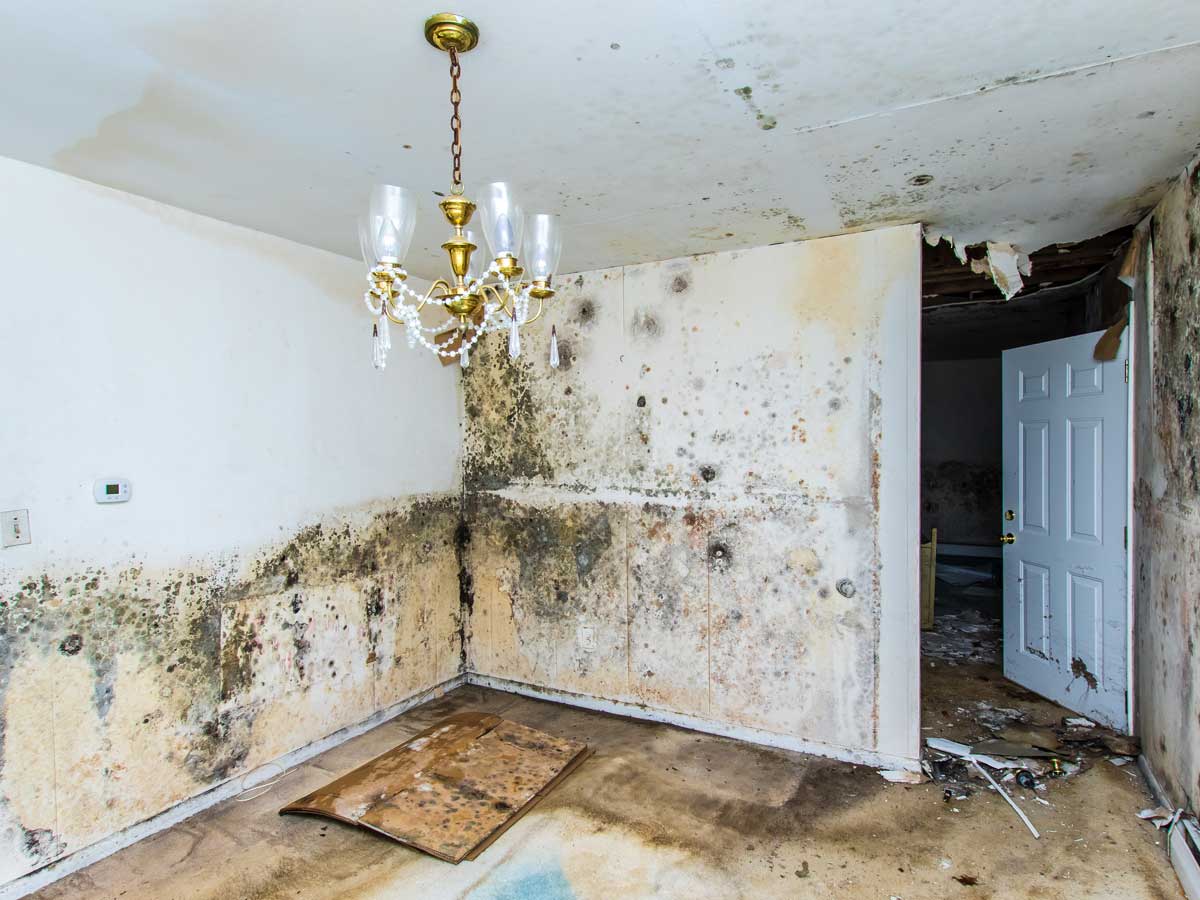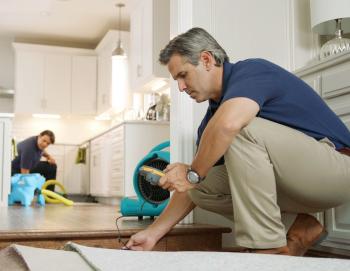Comprehensive Mold Inspection Philadelphia: Introduction Hidden Threats
Wiki Article
Emergency Water Damage Repair: Swift Response to Decrease Additional Damage
What specifically does emergency water damage remediation involve? By recognizing the necessity and detailed nature of this procedure, you will acquire useful insights into exactly how specialists deal with emergency situation water damages, making certain a swift and efficient response.Relevance of Swift Reaction
Swift action is of utmost significance in water damages reconstruction to reduce additional damages and reduce potential dangers. When water damage happens, whether because of a ruptured pipe, a natural disaster, or any kind of other unanticipated event, time is essential. The longer water rests in a building, the more damages it can trigger. This is why it is essential to act promptly and efficiently to get rid of the water and begin the repair procedure.
One of the primary reasons swift action is important in water damage restoration is to avoid the development of mold and mildew and mildew. Mold and mildew not just causes further damage to the structure of the building however additionally postures health and wellness dangers to owners.
Furthermore, a punctual action can assist salvage and recover beneficial items and ownerships - water damage restoration philadelphia. Water damage can be devastating, specifically when it influences individual products of financial or nostalgic worth. Performing swiftly allows experts to analyze the damages and execute ideal reconstruction strategies to restore as high as feasible. This not only helps to minimize economic losses however likewise brings comfort to those influenced.
Evaluating the Extent of Damages

Throughout the assessment, restoration specialists thoroughly analyze the afflicted location to identify noticeable indicators of damage, such as water spots, deformed materials, and mold and mildew development. They additionally use specialized devices to spot hidden damage, such as dampness meters and thermal imaging video cameras. This extensive examination allows them to accurately identify the level of the damages and establish a customized remediation plan.
Assessing the degree of water damages is essential due to the fact that it helps experts prioritize their initiatives. They can determine areas that need prompt attention, such as standing water removal and drying out, to avoid additional damage and minimize the danger of mold and mildew development. They can additionally establish the locations that need repairs or substitute, ensuring that no damages goes untreated or unnoticed.

Water Removal and Drying Process
The water extraction and drying process is a crucial action in water damages restoration, as it entails the elimination of excess water and the extensive drying out of the afflicted location to protect against further damages and alleviate the risk of mold development. After analyzing the level of the water damages, the following action is to draw out the water from the affected location.When the excess water has actually been extracted, the drying out process starts. This step is crucial in avoiding additional damages, such as architectural damage and the development of mold and mold. High-powered followers and dehumidifiers are made use of to circulate air and remove dampness from the air and surface areas. The drying procedure may take a number of days, depending upon the level of the water damages and the products included.
It is essential to ensure that the afflicted area is totally dry before proceeding with any repairs or reconstruction. Failing to thoroughly dry out the area can bring about long-lasting concerns, consisting of weakened structures, musty smells, and the development of mold and mold. Consequently, specialist water damage restoration firms employ wetness detection devices to make certain that the affected area is totally dry before proceeding to the next action.
Mold And Mildew Prevention and Removal
Efficient mold prevention and removal are essential in water damage reconstruction to make certain the safety and security and integrity of the afflicted area. mold remediation philadelphia. When water damage happens, whether from a ruptured pipe, flooding, or a leaky roof, it produces a perfect atmosphere for mold and mildew development. Mold you can check here and mildew can start to develop within 24 to 48 hours after water damages, and if left without treatment, it can spread quickly and create serious health risksTo avoid mold and mildew growth, it is vital to address water damages immediately. The first action is to recognize and fix the resource of the water intrusion. When the source is repaired, the damaged location should be thoroughly dried to avoid wetness from sticking around. This might include the usage of dehumidifiers, air movers, and other specific tools to get rid of excess wetness from the air and surface areas.
In cases where mold and mildew development has currently taken place, remediation is needed to get rid of the mold and mildew and stop its return. This includes the mindful elimination and disposal of damaged materials, such as drywall or rug, to ensure that all traces of mold are removed. It is crucial to keep in mind that mold and mildew remediation should be executed by specialists who have the needed training and devices to safely remove and handle mold.
Restoring the Affected Location

First of all, it is important to completely dry out the location to stop any type of additional damage and to inhibit the growth of mold and mildew. This may entail the use of specialized drying out equipment, such as dehumidifiers and industrial-grade fans, to remove all moisture from the affected surface areas.
Once the location is totally dry, the reconstruction process can start. This might involve fixing or changing harmed architectural elements, such as ceiling, flooring, or drywall tiles. It is important to address any type of underlying concerns that may have caused the water damages, such as leaky pipes or damaged plumbing, to stop future incidents.
Furthermore, recovering the damaged location might also consist of repainting walls, replacing harmed components, and thoroughly cleansing and sanitizing the space. This makes sure that not only is the area structurally click here for more info sound, yet it is also visually pleasing and risk-free for occupancy.
Final Thought
In final thought, quick action is critical in lessening additional damage brought on by water emergencies. Examining the level of damages allows for effective water removal and drying processes to be executed. Additionally, mold prevention and removal are vital in restoring the damaged location. Overall, prompt action and thorough reconstruction actions are key to reducing the unfavorable impacts of water damages.Swift action is of utmost value in water damage repair to lessen more damages and reduce possible risks.Throughout the analysis, reconstruction experts completely analyze the affected location to identify noticeable signs of damages, such as water stains, deformed materials, and mold and mildew development.The water extraction and drying procedure is a crucial step in water damages reconstruction, as it includes the removal of excess water and the complete drying out of the affected location to avoid further damages and alleviate the threat of mold development. After assessing the degree of the water damage, the following step is to draw out the water from the damaged area.Reliable mold prevention and remediation are critical in water damages repair to make hop over to these guys certain the security and stability of the damaged area.
Report this wiki page